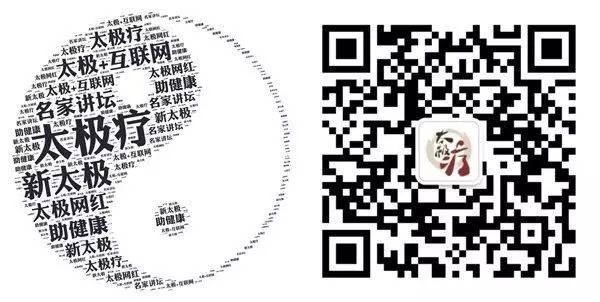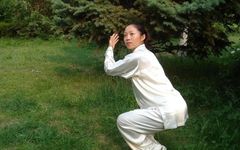Therapeutic Golden Phrase NO.119
To know life is to not harm life; this is called nurturing life.
——”Lüshi Chunqiu”
For someone wanting to learn Qigong, the multitude of practices, each with different requirements for breathing, posture, etc., can often feel overwhelming. It is essential to establish a solid foundation and become familiar with the transitions between various practices to facilitate subsequent cultivation.
Many people experience physical harm while practicing Qigong due to a lack of understanding of the essentials or practicing incorrectly. These issues are entirely avoidable. By being strict with oneself at the beginning of practice, one can minimize mistakes later on, which is crucial for both physical and mental well-being and mastery of the techniques.

Qigong has a long history in China, with ancient texts referring to it as吐呐 (tǔ nà), 导引 (dǎo yǐn), 行气 (xíng qì), 服气 (fú qì), 炼丹 (liàn dān), 修道 (xiū dào), 坐禅 (zuò chán), etc. The term “Qigong” rarely appears in ancient records, and when it does, it lacks a complete explanation. It wasn’t until the 1950s that Liu Guizhen wrote in “Practical Qigong Therapy”: “The character ‘气’ (qì) here represents breathing, while ‘功’ (gōng) refers to the practice of continuously adjusting breathing and posture.”
Thus, the term “Qigong” was established and disseminated. Some foreign materials translate Qigong as “deep breathing exercise,” and some domestic reference books have adopted this translation, clearly failing to recognize the essence of Qigong. In reality, Qigong practice encompasses three categories: breathing, body posture, and intention, each with various methods. Deep breathing is merely one of many breathing techniques. Therefore, defining Qigong as “deep breathing exercise” is overly simplistic.
If we define Qigong from the perspective of Traditional Chinese Medicine (TCM), it is a self-cultivation method that harmonizes one’s vital energy (气机, qì jī) through mental adjustment.
1. Based on Movement and Stillness: It can be divided into two main categories: Static Qigong and Dynamic Qigong.
Static Qigong can further be categorized by posture into lying, sitting, and standing forms, with specific practices such as relaxation Qigong, internal nurturing Qigong, and standing post Qigong.
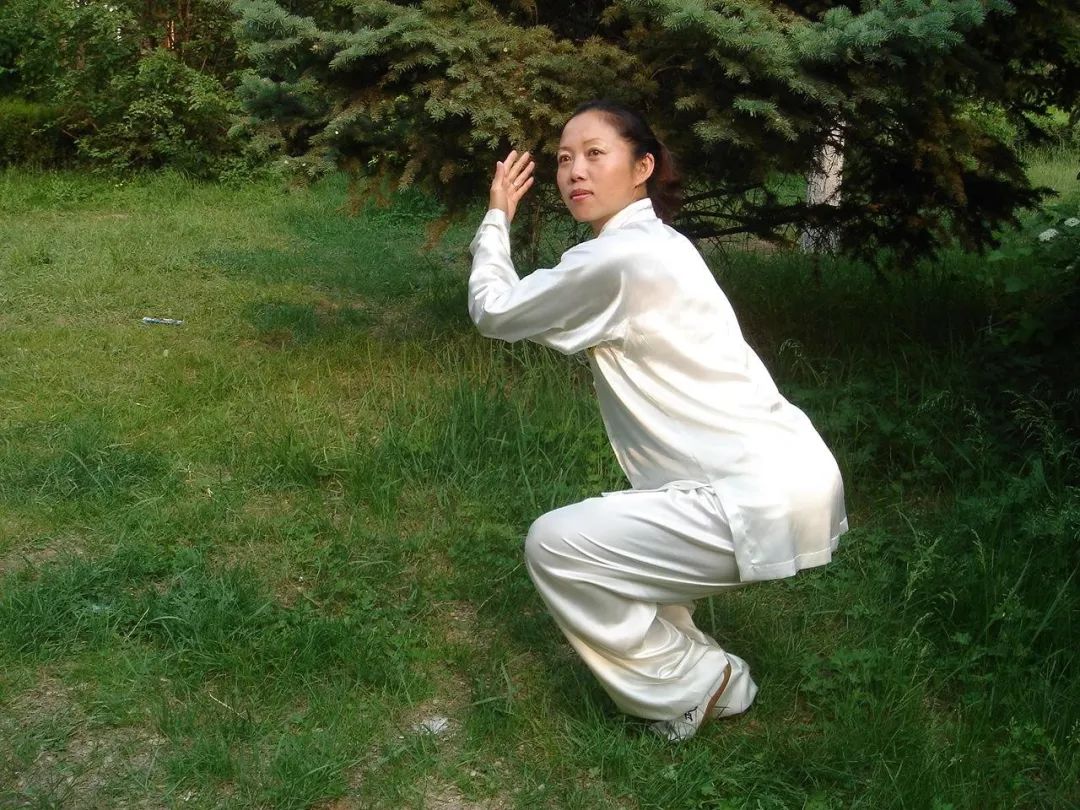
Dynamic Qigong mostly employs standing and walking forms, such as Emei Twelve Stances, Tai Chi (太极拳, tàijí quán), and Five Animal Frolics (五禽戏, wǔqín xì). There are also seated dynamic practices, such as the sitting Eight Brocade (八段锦, bāduànjǐn). In special circumstances, dynamic Qigong can also be practiced lying down.
Dynamic Qigong can be further divided into routine and non-routine forms based on whether there are standardized movements. Non-routine dynamic Qigong can be categorized into free-form and induced forms.
2. Based on Posture: It can be divided into lying Qigong — practices performed while lying down;
Sitting Qigong — practices generally performed while sitting or cross-legged;
Standing Qigong — practices performed while standing;
Walking Qigong — practices performed while walking.
3. Based on the Focus of Practice: It can be divided into Breath Regulation Qigong, Body Regulation Qigong, and Mind Regulation Qigong.
(1) Breath Regulation Qigong: Also known as吐呐功 (tǔ nà gōng), this type emphasizes breathing techniques.
(2) Body Regulation Qigong: Also known as形体功 (xíngtǐ gōng), this type focuses on body posture and physical strength. It emphasizes the training of muscles and bones, hence referred to as external Qigong. It is commonly called “external training of muscles and skin.”

(3) Mind Regulation Qigong: Also known as意守功 (yì shǒu gōng), this type emphasizes mental training. It focuses on internal mental cultivation, hence referred to as internal Qigong. It is commonly called “internal training of one breath.”
(4) Based on the Source of the School: It can be divided into medical Qigong, Confucian Qigong, Taoist Qigong, Buddhist Qigong, and martial arts Qigong.
(5) Based on Application Purpose: It can be divided into calligraphy and painting Qigong, music Qigong, dance Qigong, drama Qigong, performance Qigong (acrobatic), sports Qigong, medical Qigong, alchemical Qigong, and meditative Qigong.
(6) Based on Origin: Such as Emei Qigong, Wudang Qigong, Shaolin Qigong, and Kunlun Qigong.
(7) Based on the Active or Passive State of the Body: It can be divided into active Qigong and passive Qigong. Active Qigong refers to self-practice for health and healing. Passive Qigong refers to a treatment form where one receives assistance from others to adjust their functional state for health and healing, commonly referred to as “external Qi” treatment.
With the advancement of science, we can use modern scientific knowledge to understand Qigong, which will deepen our understanding of its essence.
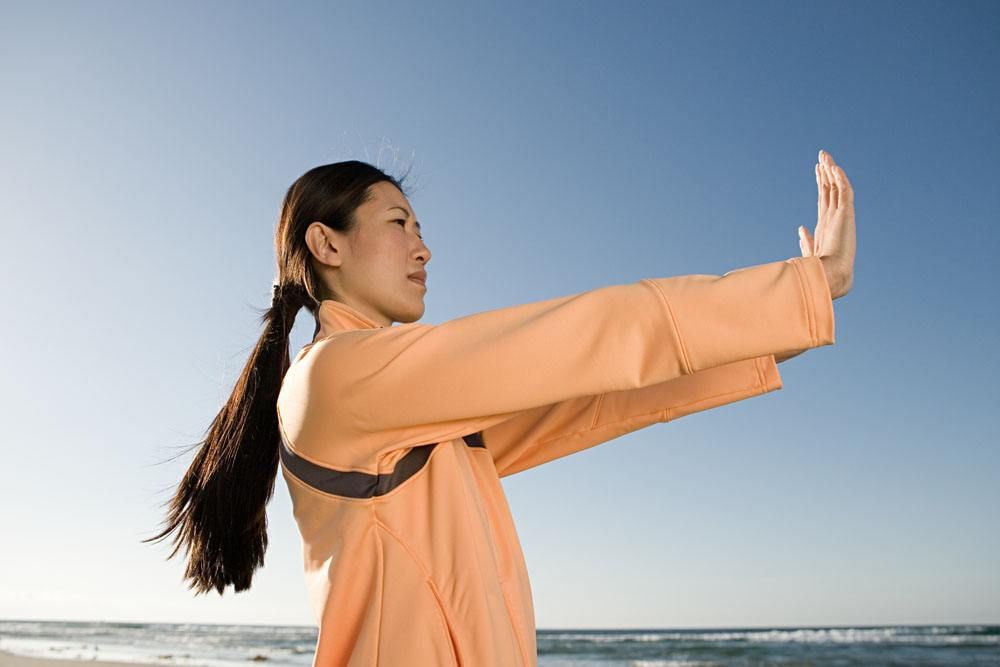
From the perspective of modern behavioral medicine, Qigong practice is a training of beneficial behaviors for mental and physical health, ultimately becoming a conditioned reflex therapy.
From the psychological and physiological processes of Qigong’s effects, it can be defined as: primarily a self-cultivation method that uses self-suggestion as the core means to induce consciousness into a self-hypnotic state, adjusting the mind-body balance through a psychological-physiological-structural self-regulation mechanism to achieve health and healing.
Qigong has a long history and diverse practices. The methods of Qigong for health are not exclusive to medical practitioners but are also found among Confucians, Taoists, Buddhists, martial artists, and folk practitioners, forming a rich variety of training methods. In recent years, with the rise of mass Qigong practice, many new methods have been created. Faced with numerous practices, beginners often feel confused and lost. If we categorize all practices based on different standards, it becomes easier to grasp the overall picture.
As a method of physical and mental exercise deeply rooted in traditional culture, Qigong has attracted much attention from many middle-aged and elderly individuals and has been widely popularized in modern society. Many have benefited greatly from practicing Qigong, but some have experienced deviations due to various reasons, leading to psychological issues. Now, let us understand the potential consequences of improper practice.
1. Neurotic-like Disorders:
Neurotic symptoms lie between mild emotional disturbances and psychosis, primarily characterized by anxiety. When anxiety becomes persistent and hinders normal life, it is termed neurosis. Here, it refers to symptoms resembling neurosis that may arise during practice, such as anxiety, dizziness, head pressure, palpitations, insomnia, depression, bodily discomfort, and phobias, obsessive thoughts, and behaviors, as well as hypochondriacal neurosis. These symptoms directly affect learning, work, and life, but there are no abnormalities in thought, speech, or behavior.
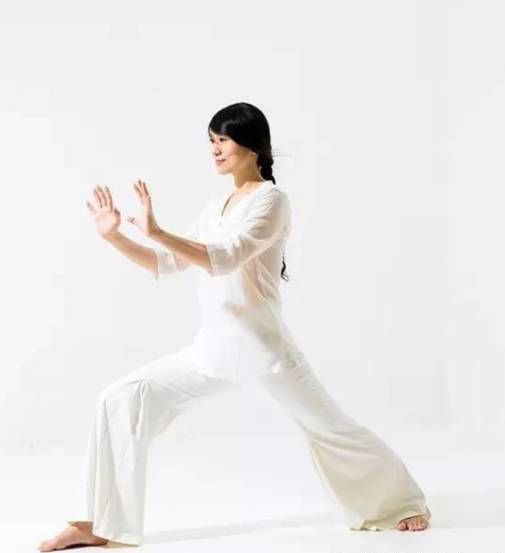
2. Schizophrenic-like Disorders:
Schizophrenia refers to a clear separation of self from reality, leading to perceptual, cognitive, and behavioral disturbances. The types of mental disorders arising from Qigong practice include auditory and visual hallucinations, disorganized speech, unusual behavior, cognitive and sensory confusion, involuntary movements during practice, and feelings of possession. However, unlike patients with schizophrenia, these individuals usually have insight and recognize that these are deviations from Qigong practice, often seeking correction or treatment, which tends to be effective.
3. Affective Disorders:
Affective disorders refer to severe mood or emotional disturbances that lead to behavioral changes, such as mania and depression. The characteristics of these mental disorders triggered by Qigong practice include persistent emotional agitation or depressive stupor, accompanied by racing or slowed thoughts.
4. Paranoid Disorders:
Paranoid disorders refer to a person’s firm belief in having a special relationship with certain things, characterized by systematic and organized delusions. The most common delusion during practice is the belief that one has become a Qigong master with special abilities, convinced that they can overcome various threats to themselves through thought alone and change the external world. Most of these individuals are confident and capable, often indistinguishable from others, and believe themselves to be superior to doctors, making it impossible to change their beliefs through reasoning.
The above mental disorders are distinct from general neuroses and psychoses; they represent a new type of mental disorder related to ethnic culture and customs, which has attracted attention from various sectors of society.
Normal Reactions and Effects of Qigong Practice
During Qigong practice, the vast majority of normal reactions are phenomena of efficacy, generally categorized into benign, neutral, and adverse reactions.
1. Benign Reactions
Benign reactions account for the majority of practice responses. As practice enhances blood circulation, particularly microcirculation, many practitioners may experience warm hands and feet or even slight sweating, sometimes accompanied by a feeling of energy and comfort. After a period of practice, symptoms such as cold extremities, dry skin, and cracked hands and feet may significantly improve or disappear; some practitioners may notice improved appetite, increased saliva, and effective regulation of digestive system functions. Since Qigong practice optimizes the functions of various organs and systems, it often results in practitioners exhibiting a healthy complexion and radiant skin. These phenomena are all considered benign practice reactions, but it is important to note that overly pursuing these sensations may interfere with the emergence of benign reactions and the deepening of practice.
2. Neutral Reactions
Regarding practice responses, ancient texts summarize them as eight touches and sixteen sensations, including pain, itchiness, cold, warmth, lightness, heaviness, smoothness, and roughness (smoothness and roughness refer to skin sensations), as well as shaking and elongation. Modern terminology refers to these as movement sensations. According to relevant data, among 100 practitioners, 40 experienced muscle twitching, 60 felt warmth, 33 felt lightness, 21 felt looseness, 19 felt numbness, 18 felt cold, 15 felt itchiness, 9 felt tightness, and 6 felt heaviness. Here, except for the feeling of lightness, which is a benign reaction, all other sensations are classified as neutral reactions. Neutral reactions indicate that practitioners have reached an intermediate level of tranquility in their Qigong practice, and generally, allowing things to unfold naturally is more beneficial for entering tranquility.
3. Adverse Reactions
Adverse reactions refer to uncomfortable sensations experienced during Qigong practice. For instance, in static practice, a strong desire for tranquility may lead to impatience and restlessness, referred to as “urgency” in ancient texts; if one usually has no distracting thoughts but finds them proliferating during practice, it is termed “floating”; if one has no distracting thoughts but feels drowsy and heavy-headed, it is termed “heaviness”; if one becomes limp and slumped upon relaxation, it is termed “laxity.” The “urgency” and “floating” phenomena are more common in individuals with excess Yang or deficiency of Yin, while the “heaviness” and “laxity” phenomena are more common in individuals with excess Yin or deficiency of Yang. These phenomena are classified as adverse reactions to practice, which generally disappear after improving practice methods or stopping practice, so there is no need for alarm or psychological burden. As long as one overcomes them in a timely manner, they will not develop into deviations. However, allowing them to develop freely may lead to deviations. The method to overcome them is to follow the principles and essentials of practice while using sensory stimuli (sight, sound, smell, touch, movement) to induce tranquility and relaxation. Individuals with excess Yang or deficiency of Yin should practice more static Qigong, starting with dynamic Qigong to seek tranquility within movement. Individuals with excess Yin or deficiency of Yang should practice more dynamic Qigong to enhance Yang energy. For beginners in dynamic Qigong, muscle tension, rigid postures, and movements may lead to shoulder and back soreness or trembling limbs due to muscle fatigue. Practitioners should adjust their exercise intensity to avoid excessive fatigue while using self-massage to alleviate discomfort. Additionally, they should adhere to a gradual approach to training; once the body adapts to the exercise, all discomfort will likely disappear, and practice may become a pleasant experience.

Exercise Prescription Column
1. The Health Guardian for 250 Million Diabetic Patients — Tai Chi (Led by Peking University First Hospital)
2. Is your little chubby one doing well? The second session of the “Special Exercise Prescription Course for Childhood Obesity” is about to begin!
Disclaimer: The content published by this public account (images, videos, and text) is primarily original, reprinted, and shared from online content. If there are any copyright issues, please inform us promptly, and we will delete it immediately.
Tai Chi Therapy Subscription Account Public Account: taijiliaody 